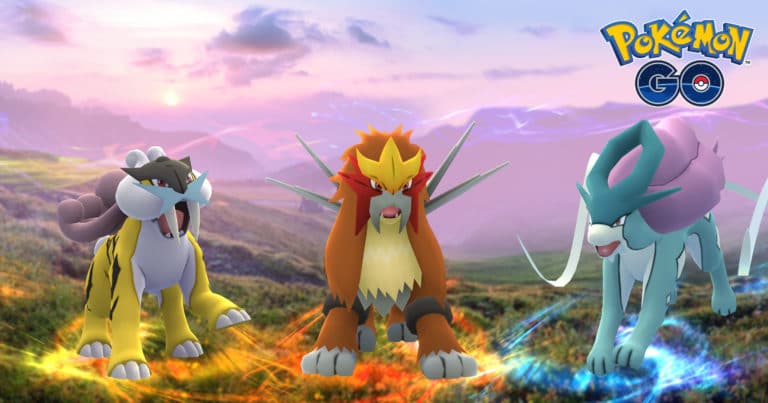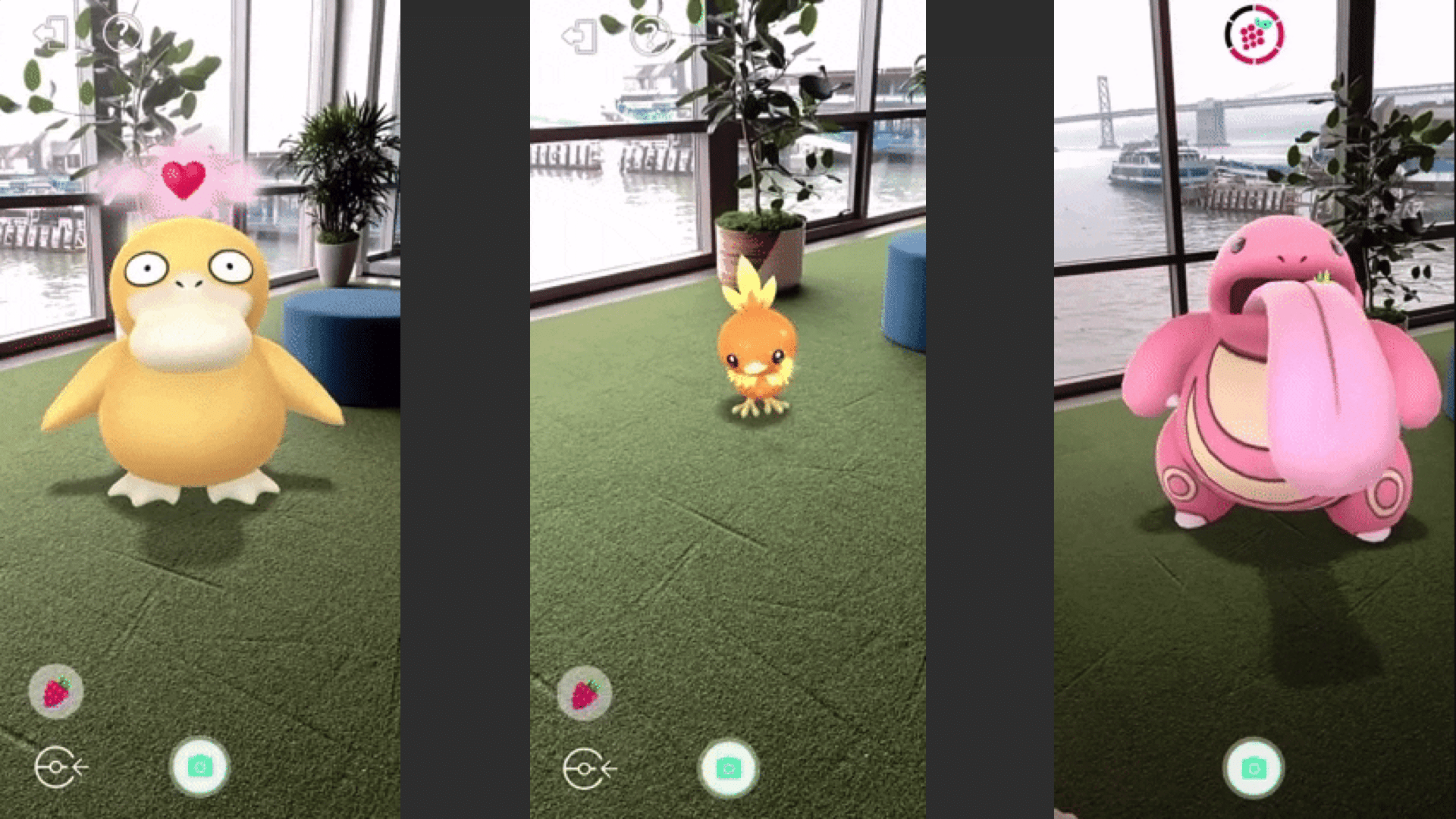
Data Point of the Week is AR Insider’s dive into the latest spatial computing figures. It includes data points, along with narrative insights and takeaways. For an indexed collection of data and reports, subscribe to ARtillery Pro.
In these challenging times of global pandemic, lots of businesses are clearly suffering, including high-contact services (events) and local ones (restaurants). But some businesses are booming, as they align with remote work (Slack, Zoom) or sheltering in place (Netflix, casual games).
But where it gets interesting is creative moves to shift a business from the former category to the latter. That’s what the always-innovative Niantic has done. By retooling Pokémon Go mechanics to accommodate at-home play, it not only sustained but exceeded baseline player spending.
According to Sensor Tower estimates,* the game reached $23 million in in-app purchases during the week of March 16 — the first full week of U.S. large scale self-quarantining. This is a 67 percent week-over-week jump and a clear inflection from its circa-$15 million baseline.

Founding Principle
As background, Niantic announced temporary game mechanics to accommodate at-home play. That includes more habitats for nearby monsters, greater monster spawn rates, and heavily discounted incense packs to boost spawn rates. Trainers can hatch eggs twice as fast now.
This is a notable feat of design and game mechanics, given that the core appeal and entrenched use case for Pokémon Go is outdoor discovery. Being able to design and condition a new use case so quickly, including player acclimation and education, is an accomplishment.
Its success is also ironic given departure from the game’s founding principles, which is to get kids and adults out of the house and engaged in outdoor activity. That altruism sustains in the new indoor mode — with player safety and public health as the priority — while flipping the means.
Niantic says these changes are temporary and to accommodate quarantined players, but play can also happen outside of the house. In fact, walking and hiking has been encouraged by some state officials, as long as social distancing is practiced. So short-range outdoor play is possible.

Mother of Invention
Moves like this reinforce and validate Niantic’s success. And it’s times like these that can test companies’ and individuals’ creativity, ingenuity and priorities. For Niantic, the combined altruistic and opportunistic persona that got it this far is embodied in this latest move.
Its expectation in this case may or may not have been to inflect revenues as above. But it nonetheless placed the game in the bucket of appeal that’s driving engagement spikes for casual games like Animal Crossing. These have been effective distractions for the shelter-in-place masses.
As for the AR angle, this doesn’t appear to materially impact the game’s AR elements. Niantic has always held and practiced the belief that AR is a tool to be used sparingly and organically to add magic and appeal. It doesn’t put the cart before the horse. So here, it’s not really about AR.
Regardless, challenging times force unnatural behavior. Though that’s created difficulty for the world in economic slowdown and fatality, one silver lining is forced new perspectives and discoveries — some of which will stick with us after the crisis. We can hope to see a lot more of that.
For deeper XR data and intelligence, join ARtillery PRO and subscribe to the free AR Insider Weekly newsletter.
Disclosure: AR Insider has no financial stake in the companies mentioned in this post, nor received payment for its production. Disclosure and ethics policy can be seen here.
*Sensor Tower’s Store Intelligence figures are extrapolated third party data based on consumer behavior in its network, rather than first-party data from Niantic. The data are still reliable as Sensor Tower’s network reach, and consistent methodology over time enable longitudinal analysis.
